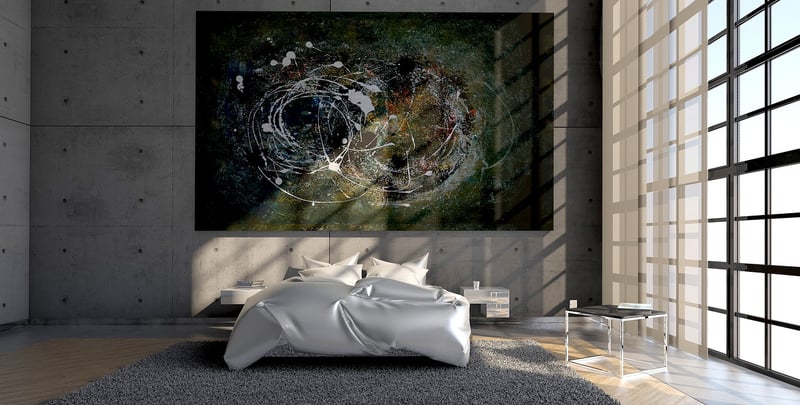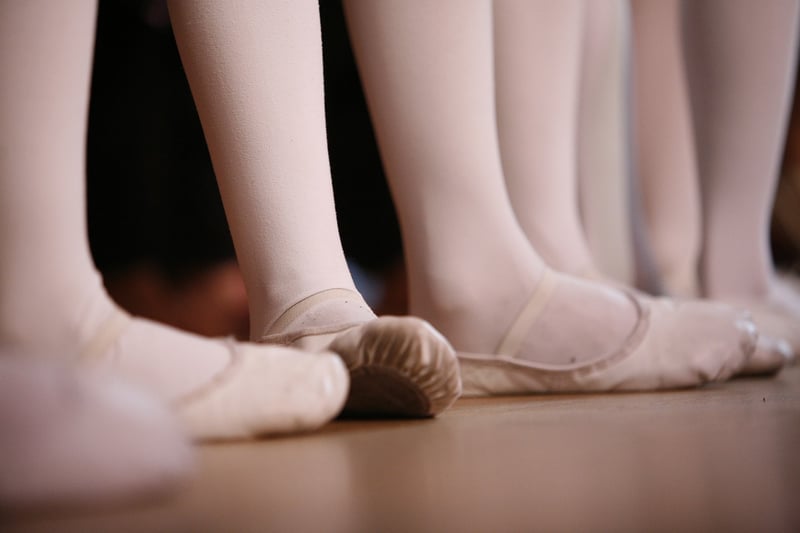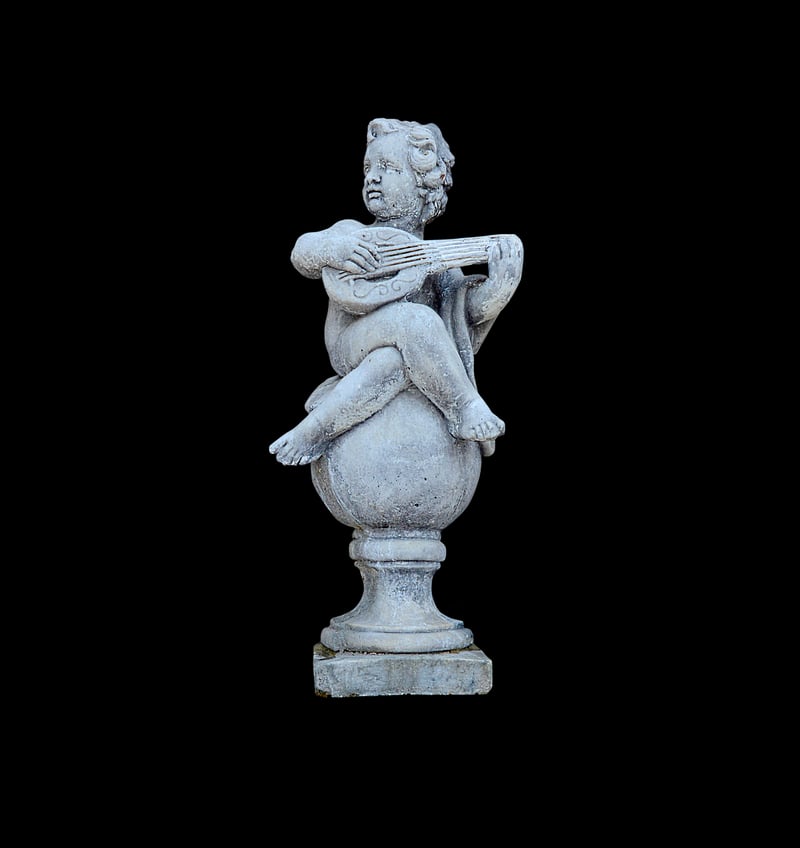Contemporary
The Power of Expressive Movement in Contemporary Art
In the realm of contemporary art, expressive movement plays a pivotal role in conveying emotions, ideas, and narratives. Artists harness the power of movement to create dynamic and engaging works that resonate with viewers on a profound level.
The Essence of Expressive Movement
Expressive movement in art is not merely about capturing motion but about infusing artworks with energy, vitality, and emotion. It goes beyond mere representation to evoke a visceral response from the audience, inviting them to connect with the piece on a deeper level.
Forms of Expressive Movement
Artists employ various forms of expressive movement in their works, from fluid brushstrokes in paintings to dynamic poses in sculptures. Dance, performance art, and multimedia installations also utilize movement as a primary means of expression, engaging multiple senses simultaneously.
Impact on Contemporary Art
In the contemporary art scene, artists are increasingly exploring the boundaries of expressive movement, pushing the limits of traditional mediums and techniques. This experimentation results in innovative and thought-provoking artworks that challenge conventions and redefine the artistic landscape.
Visual Inspiration
Below are some striking examples of artworks that beautifully capture the essence of expressive movement:
Embracing Expressive Movement
Whether through traditional art forms or cutting-edge installations, expressive movement continues to be a driving force in contemporary art. By embracing movement as a potent tool for communication, artists can create works that resonate with audiences and spark meaningful dialogues.
Experience the transformative power of expressive movement in contemporary art and immerse yourself in a world where every stroke, step, and gesture tells a compelling story.



